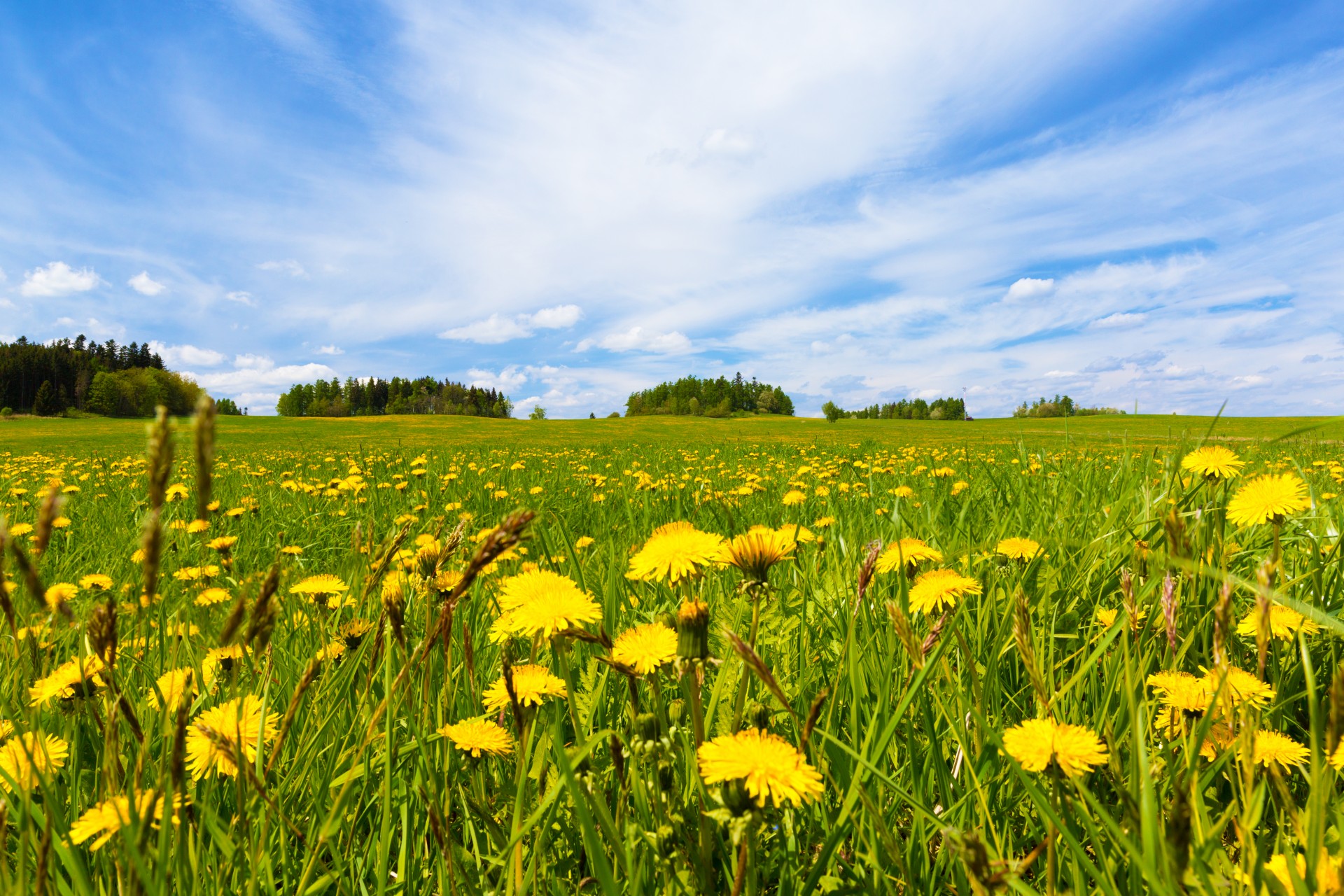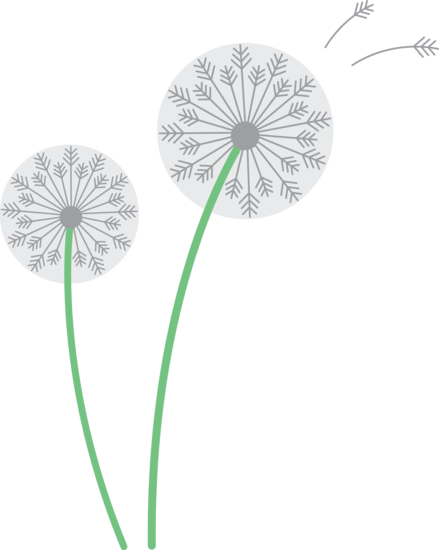Dandelion: Miracle Gift from Mother Earth

The Latin name for dandelion, Taraxacum officinale, translates to "official remedy for disorders." Dandelion is a native of Europe and the name comes from the French term "dent-de-lion," meaning lion's tooth, which refers to the dark-green, sharply toothed leaves characteristic of this plant.
A prominent herbalist, Gregory Tilford is quoted as saying, "Dandelion is one of the most complete plant foods on earth. All the vital nutrients are conveniently contained in a single source, in quantities that the body can easily process and fully absorb." One source I consulted during research for this article suggested that "dandelion greens are so good for you that you would do well to dry and powder them and place the powder in a saltshaker to be sprinkled on all your food as a nutritional supplement."
Called the "King of Weeds" by old timers, the Chinese have known about the antibacterial properties of the juice of the dandelion since the 7th century. In fact, it is one of the top 6 herbs in the Chinese medicine chest. In Chinese medicine, it is regarded as a blood cleanser, tonic, digestive aid, and used in the treatment of diabetes. It is ground and applied as a poultice to snake bites. In Canada, dandelion leaves are considered to be safe to eat, and dandelion root is already marketed as a registered diuretic drug by Health Canada. Canada imports most of its dandelion from the U.S.A. although it could be easily cultivated in Canada.
The whole plant is valuable as a general tonic as it is a general stimulant to the system, particularly the urinary organs. It may be taken as an infusion of the leaf, a juice extraction, a root decoction, a fluidextract, or a tincture. Fresh leaves may be added to salads. The juice extraction is the most potent for medicinal purposes. The milky latex from dandelion can be used as a mosquito repellent. {Continue to PART TWO}


 Previous
Previous